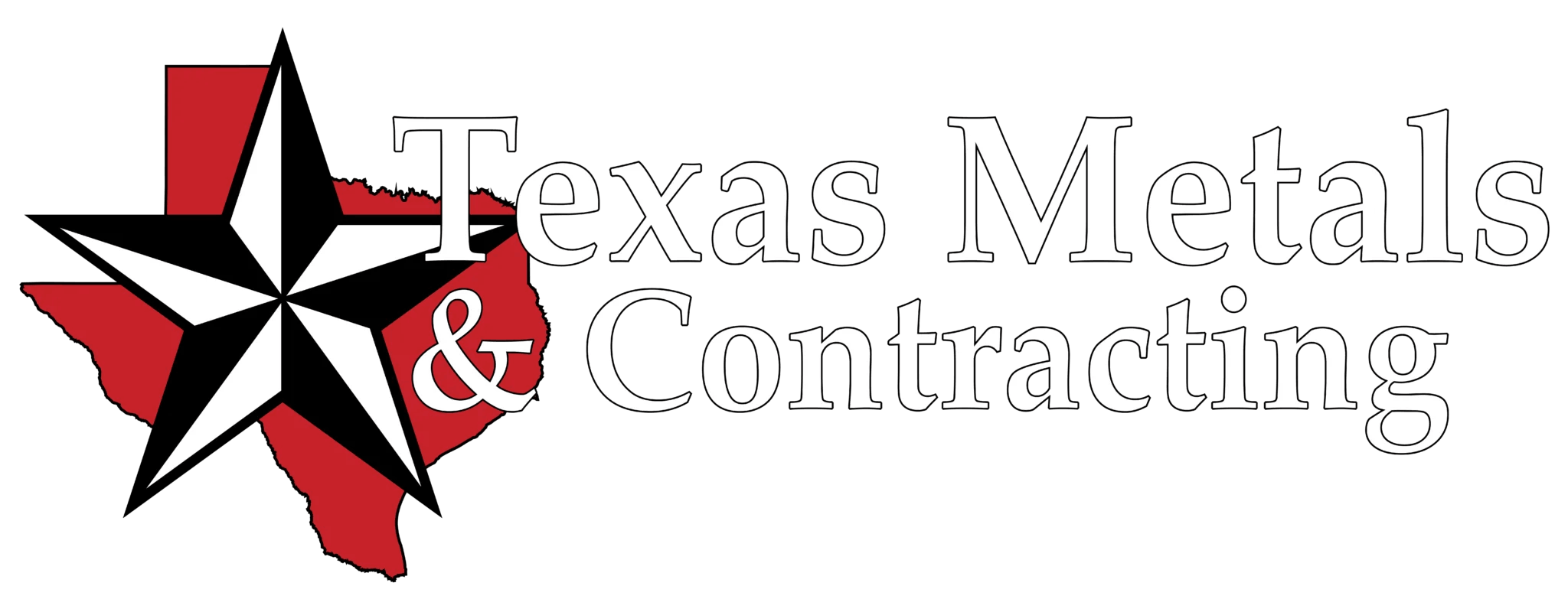Cloud computing has caught momentum with the rise in cloud providers and solutions over the past ten years. Studies show that companies around the world are gradually integrating the cloud into their infrastructure.
However, you should formulate a strategy for cloud migration solutions before your company takes the step towards transformation, including an understanding of how to get through the difficulties created by cloud migration.
Your business should remain vigilant if it wants a successful cloud migration. The transition to the cloud could also be expensive and risky for you, and your data, if you aren’t prepared to handle the obstacles. On the contrary, you will have a considerable advantage if you are aware of these difficulties and how to overcome them.
Resistance to the Adoption of the Cloud Environment
The main obstacle with standard cloud migration difficulties is generally individuals. Cloud migration solutions bring about a lot of change and disruption, sometimes with significantly new systems, processes, and even leadership. Individuals typically oppose change.
You will suffer carrying out a successful cloud journey if you don’t consider the human factors of migration.
Make sure the leadership is knowledgeable of the cloud migration goals and the business requirements. Ask them to inform the organization of the business case. Prioritize integration and usability when selecting cloud solutions.
Cloud Migration Procedure Costs are Unclear
Cloud migration solutions can eventually cut costs by increasing productivity, minimizing expenses, and optimizing procedures. But doing so can seem onerous and expensive.
It can be expensive to migrate to the cloud, especially if your business doesn’t initially calculate the cost. Due to the data migrations cost, compatibility cases, the need for new talents, the unavailability of a data recovery strategy, and an improper migration process, business executives have to cope with migration expenses which continue to be one of the biggest problems.
Cloud platform infrastructure expenses, migration expenses, financial risks associated with slow adoption, and the necessary post-migration preparation should all consider in the estimated cost of cloud migration.
Possessing No Reliable Cloud Migration Strategy

If you don’t plan, you’ll plan to fail. Without a clear strategy in place, organizations shift to the cloud far too frequently. Even though the cloud will simplify operations and procedures, cloud adoption can be difficult.
Planning and employing creative thinking are necessary when migrating crucial corporate infrastructure and resources to the cloud. Instead, some businesses board the train without giving the journey enough thought.
You’ll be able to navigate the change and prevent project delay in the later phases if you have a well-thought-out approach. Include the cost of processing data, moving any required apps, and downtime expenses.
Managing Hybrid Networking Configurations
The most important thing when working with a hybrid networking configuration is to take networking and security into consideration immediately. Protection is mandatory for a hybrid setup, although it might not be necessary once the migration is complete.
Ask the team that responds to cyber incidents about the guidelines or regulations governing a hoisting migration. Keeping the security team together, providing them with their plans and estimates, and giving them enough time and the power to make decisions about the migration is essential.
The network layout is a further issue that has to be made clear. It is essential if you are moving from on-premises and already have a network setup. That on-premises data will presumably be necessary to sync with the current cloud environment.
Compliance and Data Security Risks
Concerns about data security and regulatory issues are still significant obstacles to cloud migration. Despite secure cloud settings, most businesses are hesitant to hand over their private information to security companies.
To create a secure cloud environment, cloud computing providers have business security systems and cloud platforms built with security in mind. The company’s data passes through a recommended routing protocol path during a secure cloud migration, and the data is always safe inside the firewall.
This procedure makes sure the security of confidential information from others during migration. In addition, it ensures compliance and eliminates vulnerabilities like data theft.
Utilizing 12-Factor Application Architecture and Cloud-Native Design
An architectural design pattern called cloud-native helps developers build scalable, dependable, and easy-to-monitor apps for the cloud. Building disposable, lightweight apps that you can effortlessly scale out is the goal of cloud-native development.
The underlying ideas and core of cloud-native applications are the tried-and-true 12-Factor concepts. They demand adjustments to your app’s architecture, your team’s coding process, and other areas. Before implementing cloud-native methods and patterns, one must initially understand the 12-factor principles.
About Artha Solutions
Artha Solutions is a premier business and technology consulting firm providing insights and expertise in both business strategy and technical implementations. Artha brings forward thinking and innovation to a new level with years of technical and industry expertise and complete transparency. Artha has a proven track record working with SMB (small to medium businesses) to Fortune 500 enterprises turning their business and technology challenges into business value.


